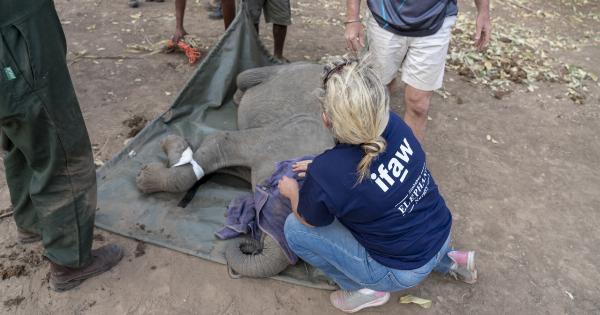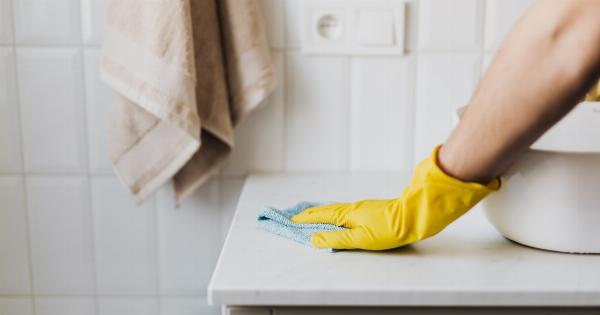Bath time can be a fun and relaxing experience for both you and your child. However, it is important to ensure that the bath-time environment is safe and secure to prevent any accidents or mishaps.
In this article, we will discuss some essential tips and precautions to help you create a safe bath-time experience for you and your little one.
1. Supervision is Key
One of the most critical aspects of ensuring a safe bath-time is to always supervise your child. Never leave your child unattended in the bathtub, even for a moment.
Keep all necessary bath-time essentials within arm’s reach, so you don’t have to leave your child’s side.
2. Maintain the Right Water Temperature
Setting the right water temperature is crucial for a safe bath experience. The water should be warm, around 37°C (98.6°F). Use a bath thermometer to check the temperature and adjust it accordingly.
Always run cold water first and then mix in the warm water to prevent scalding.
3. Use Slip-Resistant Mats
Prevent slips and falls by placing slip-resistant mats or stickers in the bathtub. These mats provide better traction and reduce the chances of accidents. Ensure that the mats are securely attached and cover the entire bathtub floor surface.
4. Beware of Bath Toys
While bath toys can make the bathing experience more enjoyable for your child, it is important to ensure they are safe. Avoid toys with small parts that can pose a choking hazard.
Regularly inspect the toys for any signs of damage, such as sharp edges or mold, and replace them if necessary.
5. Secure the Bathing Area
Make sure the bathing area is secure and free from any potential hazards. Keep electrical appliances, such as hairdryers or electric razors, away from the water. Install safety covers on electrical outlets within the bathroom.
6. Avoid Sudden Temperature Changes
Avoid sudden temperature changes during bath time. If someone uses water elsewhere in the house, it can cause a sudden change in water temperature. This could lead to scalding or your child getting startled.
Installing anti-scald devices or thermostatic mixing valves in your plumbing system can help regulate water temperature and prevent accidental burns.
7. Use Non-Slip Bath Mats
To prevent slips and falls while entering or exiting the bathtub, place non-slip mats on the bathroom floor. These mats provide a secure footing and reduce the risk of accidents.
8. Keep Toiletries Out of Reach
Keep all bathroom and toiletry products, such as soaps, shampoos, and lotions, out of your child’s reach. Store them in locked cabinets or high shelves to prevent accidental ingestion or spills that can lead to slips.
9. Teach Water Safety
It is important to teach your child water safety from an early age. Explain the importance of never playing with electrical appliances near water, not standing while bathing, and not putting their head underwater without supervision.
10. Establish a Routine
Creating a bath-time routine can help your child understand what to expect and reduce any anxiety. Stick to a consistent schedule and gradually introduce new elements, such as different bath toys or bubble bath, to keep bath time exciting.
Conclusion
By following these essential tips and precautions, you can ensure a safe bath-time experience for both you and your child.
Remember to always supervise your child, maintain the right water temperature, use slip-resistant mats, and keep the bathing area secure. Teach your child water safety and make bath time enjoyable by establishing a routine. With these measures in place, you can have peace of mind knowing that your child is safe during their bath-time adventures.





























